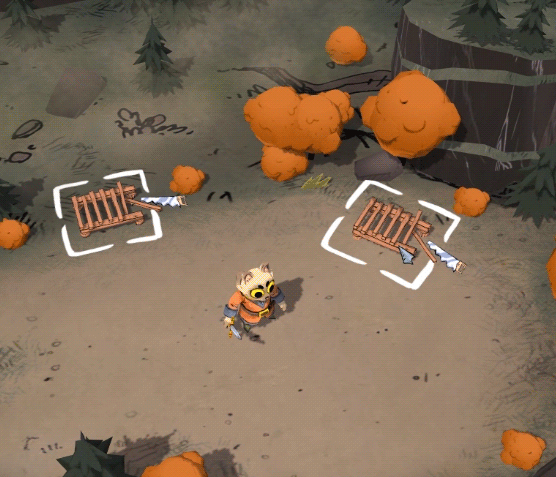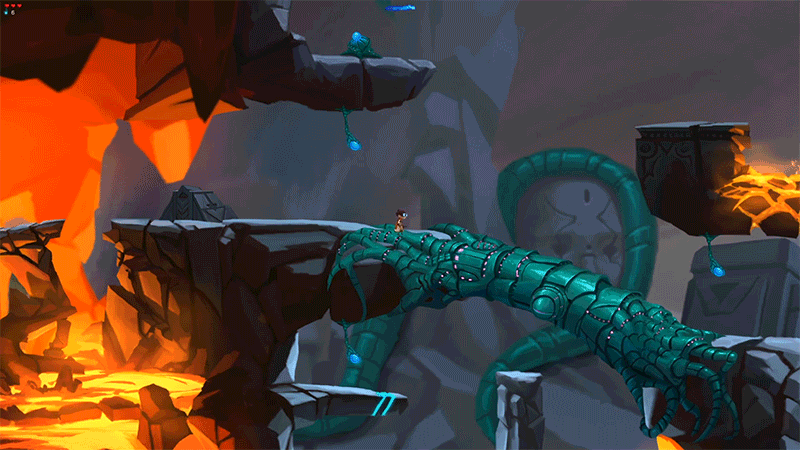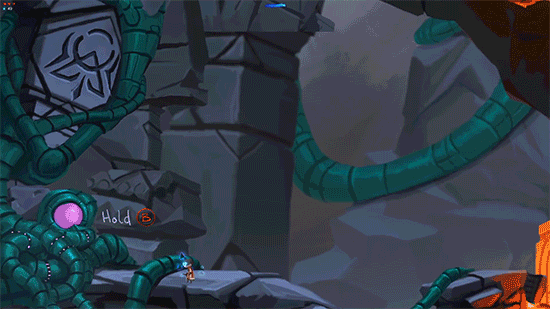Dune: Imperium is a strategy board game based on the recent film adapted to a video game. As a strong influence on the original board game I used my experiences with the IP to help build the digital adaptation.
Visual design & Aesthetics
The graphic style for the UI was inspired by the original board game. My goal as art director was to elevate the style for the digital experience. Everything had to be kept very minimal with fine linework and subtle color gradients. The VFX accompanies the UI style by incorporating the same simple yet elegant shape design.
UI/UX ART & Design
Dune: Imperium is a medium weight board game with a lot of information that needed to be top-level in order for players to easily assess their strategy turn to turn. We intentionally cut out layers of modals whenever possible to reduce friction. The environment art in the background was kept simple and calm in order to not distract from the complexity of the UI.
Before spending time creating any 3D art assets, I spent a good amount of time exploring different layouts for the game world and UI to get a sense for how all of these elements fit together.
Interactive prototype
The video below was made to quickly test the playmat layout, set up the camera angle, and get a feel for different approaches to the UX. I made this scene in Unity using sprite renders, UGUI, event triggers, and a little bit of C#. Blocking the scene out with simple lo-fi graphics in Unity helps tremendously when setting up the final environment assets and hi-fi UI.
ENVIRONMENT ART
My most direct contribution on Everdell Digital was the 3D environment art. The card illustrations in Everdell are beautifully painted in a impressionistic art style that is full of energy and color. My goal was to achieve that same look in the 3D assets so all of the assets were hand painted to represent the original game’s illustration and graphic design style as close as possible.
Art direction
Throughout development my key goal was to ensure that all aspects of the visuals looked and felt cohesive. The original board game is heavily lauded for it’s rich and inviting art style so it was very important to make sure that the UI, VFX, Environment, and Character art all compliment the hand-painted realism depicted in the illustrations.
I provided early concept art and design to develop the look and feel for the digital version of the board game, Root. I created 3D and 2D game assets, animated game sequences, and collaborated with the design department to deliver one of the highest quality digital board games released. The game was released on several platforms and I have acted as art director on the numerous DLC expansions that have been added over the years.
On the digital version of Sagrada, I primarily worked on UI, VFX, and animations. The casual nature of the game lent itself well to a portrait layout for the UI on phones and tablet. We also designed and implemented a landscape layout of the UI for desktop platforms.
My primary effort on the UI for Eternal Card Game was to support new feature development while refreshing and modernizing layouts and the treatment of graphic elements. The overarching goal throughout these updates was to let the UI art elements take a back seat to let more important elements take the front such as badges, avatars, rewards, etc. In the updated screens, frames were removed, important elements where emphasized, and information layouts simplified.
Before
After
UI Reskin
Key UI screens such as the Draft game mode buy-in menu were over cluttered with UI embellishments and constrained layouts. In my updated version of this screen I’ve removed unnecessary graphic elements to allow room for the animated key-art to shine. Previously the layout was broken out into smaller chunks to allow plenty of breathing room on the screen to allow the eye to rest.
Before
After
UI/UX Flow improvements
In an earlier iteration, cosmetic customization features were scattered throughout disparate areas of the front-end making it difficult for users to customize their experience thus deterring them to invest in cosmetic items. With the deck customization feature we were able to consolidate avatar, card back, totem, and deck image selection screens into a single screen.
Before
After
Larme is a side-scrolling puzzle platformer in which players uncover the mystery behind the disappearance of their parents using goggles that peer into alternate timelines.























































